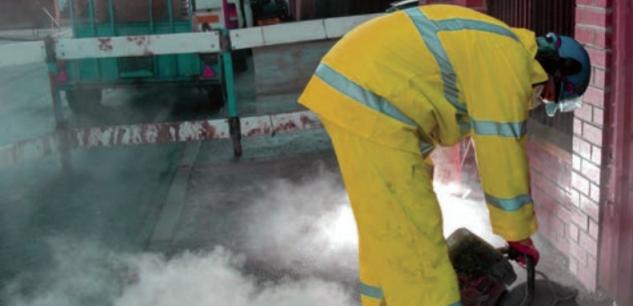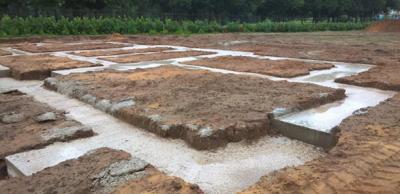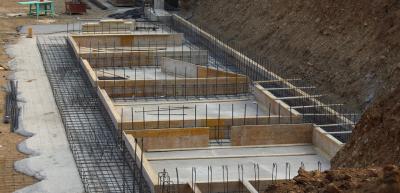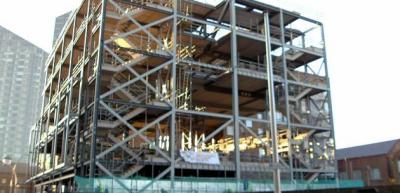Construction dust: Do you know your APF from your RPE?
Construction dust isn’t just a nuisance; it can seriously damage your health and some types can eventually even kill. Regularly breathing this dust over a long period of time can cause life-changing lung diseases.
The Health & Safety at Work Act says you must conduct your business without putting yourself, your employees or other persons at risk. This also includes the public and other workers who may be affected by your work, and the Act covers dust, noise, and vibration.
The three main types of dust on a construction site
- Silica dust – created when working on silica containing materials like concrete, mortar, and sandstone (also known as respirable crystalline silica or RCS).
- Wood dust – created when working on softwood, hardwood, and wood-based products like MDF and plywood.
- Lower toxicity dust – created when working on materials containing very little or no silica. The most common include gypsum (e.g. in plasterboard), limestone, marble, and dolomite.
The Control of Substances Hazardous to Health Regulations 2002 (COSHH) covers activities which may expose workers to construction dust.
There are three key things you need to do
- Assess (the risks)
- Control (the risks)
- Review (the controls)
To control the dust risk you can use water to damp down the dust cloud or use on-tool extraction to remove it at source.
What about RPE?
If the exposure risk cannot be reduced enough then respiratory protective equipment (RPE) should also be used and this needs to be:
- Adequate for the amount and type of dust – RPE has an assigned protection factor (APF) which shows how much protection it gives the wearer. The general level for construction dust is an APF of 20. This means the wearer only breathes one twentieth of the amount of dust in the air.
- Suitable for the work – disposable masks or half masks can become uncomfortable to wear for long periods. Powered RPE helps minimise this and should be considered when people are working for more than an hour without a break.
- Compatible with other items of protective equipment.
- Fits the user. Face fit testing is needed for tight-fitting masks.
- Worn correctly. Anyone using tight-fitting masks also needs to be clean shaven.
Remember: RPE is the last line of protection. If you’re only relying on RPE you need to be able to justify your reasons for this.
Other controls
Depending on what you’re working on or with, you may have to combine these measures with other controls. Always think about:
- Limiting the number of people near the work.
- Rotating those doing the task.
- Enclosing the work to stop the dust escaping. Use sheeting or temporary screens where possible particularly when close to the site boundary.
- General mechanical ventilation to remove dusty air from the work area.
- Selecting work clothes that don’t keep hold of the dust.
Sign up to the building bulletin newsletter
Over 48,000 construction professionals have already signed up for the LABC Building Bulletin.
Join them and receive useful tips, practical technical information and industry news by email once every 6 weeks.
Subscribe to the Building Bulletin




Comments
Dust extraction units
Submitted 7 years 4 months ago
Barnaby
Webmaster note
Submitted 7 years 4 months ago
Add new comment